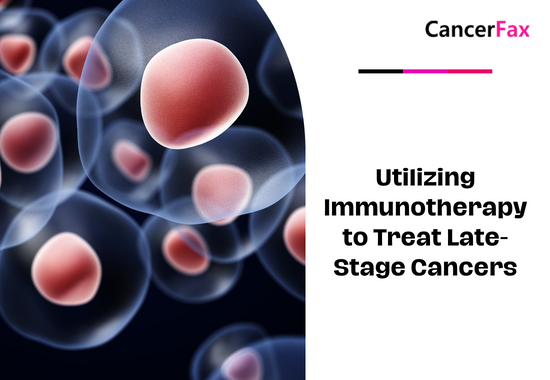Myeloblastoma is one of the most common childhood tumors. Among children under 10 years of age, the incidence rate is about 20% to 30% of all tumors. The peak age of onset is 5 years, and men are slightly more than women. The tumor is located in the posterior cervical fovea, near the cerebellar vermis and the fourth ventricle midline, and advanced tumors spread in the cerebrospinal fluid. Typical clinical manifestations are mainly related to the increased intracranial pressure caused by tumor occupying the posterior cranial fossa and blocking the fourth ventricle or midbrain aqueduct: headache, nausea, vomiting, blurred vision, and balance function caused by tumor compression on the cerebellum Obstacles, such as walking instability, ataxia, etc.
Proton knife therapy
Therefore, compared with conventional radiotherapy, proton knife therapy has better physical and biological characteristics, and has sufficient radiation dose to reach tumors in deeper parts of the body. Heavy ions and protons can reach tissues 30 cm deep under the skin, which significantly improves the ability to control the tumor; compared with traditional radiation methods, the radiation energy reaching the tumor site can be greatly increased (proton knife can be increased by 20%), which significantly reduces the periphery of the tumor. Damage and side effects of normal tissues; reduce the toxicity of normal tissues with simultaneous application of radiotherapy and chemotherapy; significantly shorten the course of treatment by increasing the daily radiation dose; reduce the incidence of second primary tumors.

